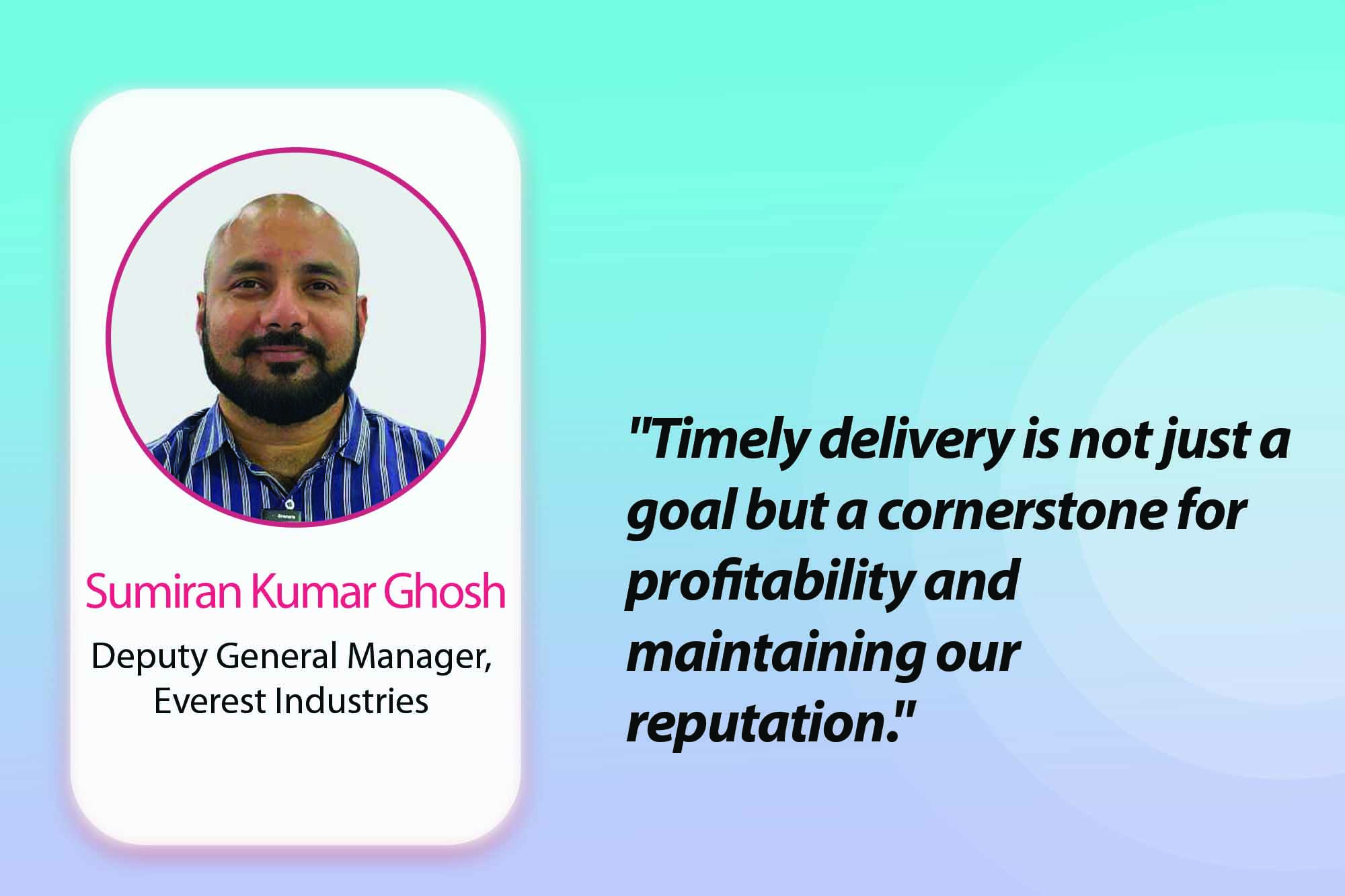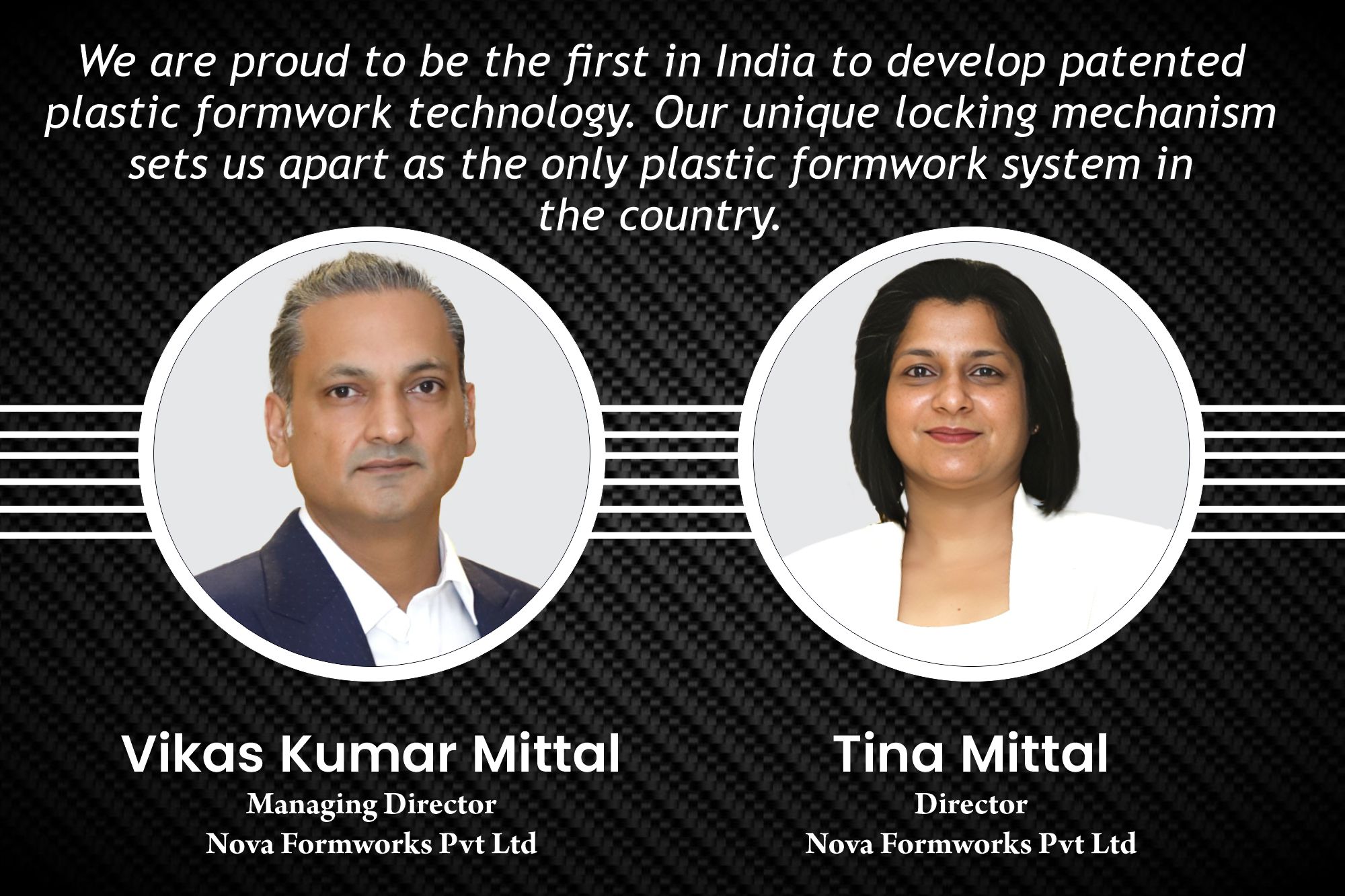Everest Industries sets sights on swift and innovative steel building solutions
By Edit Team | May 7, 2024 4:36 pm SHARE

This interview sheds light on the Everest Industries’ role in the construction and Infra sector. With a nine-year history, the company has become a leading provider of building materials, including roofing, boards, panels, and steel solutions, primarily catering to industrial clients.
Could you provide an overview of Everest Industries’ historical trajectory and pivotal role?
Everest Industries has charted an illustrious journey over nine decades, commencing in 1934 under Tata ownership before a subsequent transition in the mid-1980s. Throughout this period, the company has emerged as a cornerstone of the building materials industry, specialising in roofing, boards, panels, and steel building solutions, primarily focusing on industrial clientele.
How has the industry landscape evolved over the past decade, and what notable shifts have you observed?
The industry has experienced profound transformations in the past ten years, marked by advancements in material specifications demanding higher-quality products. Companies like Everest Industries have responded by making substantial investments in research and development to meet these evolving requirements. Particularly noteworthy is the steel sector’s transition from managing smaller orders to handling significantly larger volumes, reflecting shifting market dynamics and customer preferences for expedited project completion without sacrificing excellence.
Regarding project execution, how does Everest Industries ensure optimised growth while effectively managing costs and meeting deadlines?
Our success in securing projects within our industry is intricately tied to our engineering expertise. We prioritise understanding client requirements thoroughly, tailoring our proposals accordingly, and implementing efficient project management practices. Timely delivery is not just a goal but a cornerstone for both profitability and maintaining our reputation. This entails meticulous planning, the ability to adapt swiftly to evolving client needs, and fostering collaboration among all stakeholders involved.
What factors contribute to India’s sluggish uptake of steel building practices, and what advantages does steel construction present?
The reluctance in India to embrace steel in construction largely stems from entrenched traditional practices among builders and developers. Despite its apparent benefits, such as accelerated construction timelines, many still need to be more open to departing from conventional methods. However, a discernible shift, particularly noticeable in commercial and industrial projects, is fueled by factors like expedited construction schedules and governmental initiatives like ‘Make in India.’ Beyond speed, steel construction offers significant environmental advantages, including a reduced carbon footprint and alignment with sustainability benchmarks such as IGBC ratings.
How does Everest Industries integrate branding and engineering solutions into its strategic approach?
In the contemporary digital landscape, branding and engineering solutions are paramount. We recognise the significance of leveraging social and digital media platforms to amplify brand visibility and foster engagement. By utilising these channels, we ensure a broader and faster reach, profoundly influencing how our brand is perceived. Consequently, digital marketing is a cornerstone in our strategy, enabling us to connect with our target audience efficiently and elevate our brand equity.
Cookie Consent
We use cookies to personalize your experience. By continuing to visit this website you agree to our Terms & Conditions, Privacy Policy and Cookie Policy.






































































